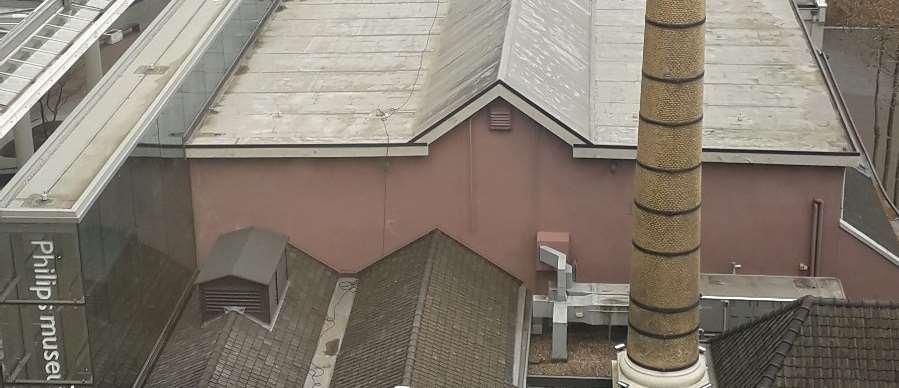
1 minute read
Reportage
What Gets Left Behind? The Legacy of Philips in Eindhoven
Criticism. The Craft of Criticism Seminar, November 2020 -February 2021. Technical University of Eindhoven, Netherlands.
Advertisement
Sitting at my table on the 5th floor of the De Witte Dame, now housing the Design Academy where I study, I am provided with a direct overview of the Philips Museum. It is a multi-gabled, two-floored factory building draped in a pinkish-brown hue with a cuboidal box of glass to its north connoting its entrance. The chimney on the western edge marks its prominence as a heritage building among all the other buildings that have come to surround it over the years. While only the glass cuboid was added later, the rest of the building retains its original characteristics as it was when Philips had come to occupy it in 1891. It was quite intriguing to me to see that the Museum was situated at the heart of Eindhoven city, as it should, but overshadowed by so many buildings around it and with often very few visitors. There were so many times when I would just look down at the building and stare at it for a while, maybe seeking some sort of justification as to why a museum like this would be where it is. I feel like the position and value the museum intends to display mismatches the legacy of what Philips le behind in Eindhoven.
The Philips Museum’s architecture is of li le design. While most of the building retains the structure of the old factory, the fi rst factory of Philips in Eindhoven, a glass cuboidal extension, designed by GSG architects has been placed at the new entrance on the north side of the building. From what appears to me the building now represents a juxtaposi on of the old and the new, contras ng a



The view from the fi h fl oor of the Design Academy in De WI e Dame. Photograph Credit: Li y Salas



